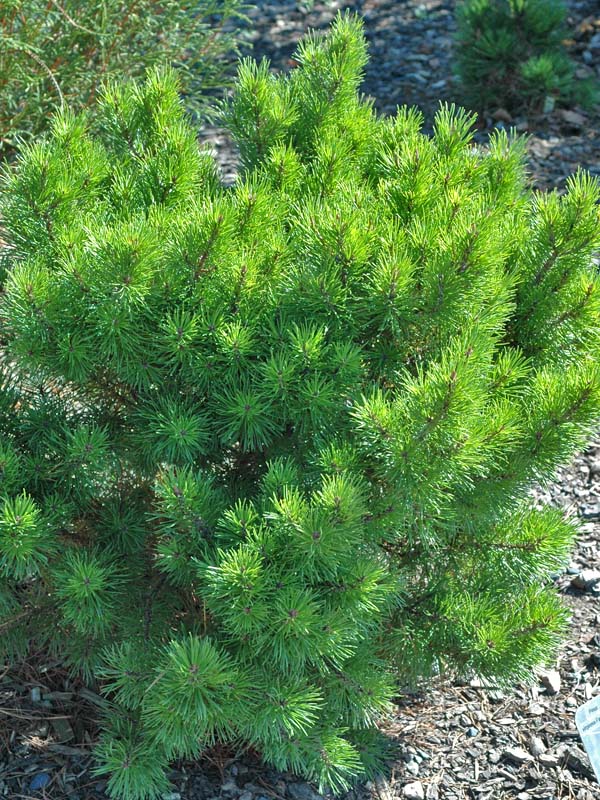| General Description | Pinus virginiana is a scrubby evergreen tree with yellow / green, flexible needles and long, horizontal branches and a relatively short trunk covered with orange-red bark. |
| ID Characteristic | Younger trees have orange-brown bark covered with thin scaly plates that turns orange-red and more rigid as the tree matures. |
| Shape | The crown shape is round with irregular uniformity making it fairly sparse and unsightly. |
| Landscape | A relatively fast growth rate makes it very good for reforestation where clear cutting or fire has occurred. |
| Propagation | By seed: cold stratification is required as well as soaking for 24 hours and exposure to full sunlight before sowing. Seedlings need relatively dry soil; growth decreases without proper amounts of magnesium and potassium. Grafting is also possible but there tends to be only a 65% success rate with this method. |
| Cultivation | Grows best in clay, loam or sandy soils with a pH of 4.5 - 7.5. Suited to well drained soils and less tolerant of wet sites. It is very drought and salt tolerant and grows well in course to medium textured soils. |
| Pests | No serious pests or diseases of note. |
| Notable Specimens | The Arnold Arboretum, Boston, Massachusetts, United States of America. Westonbirt, The National Arboretum, Tetbury, Gloucestershire, England. |
| Habitat | Grows naturally in poor, dry soils at elevations of 15 - 760 m. Does not grow well in shallow, chalky soils with too much water. It can be found growing in abandoned farmlands and in places where forest fires have occurred. |
| Bark/Stem Description | Young bark is smooth and reddish in colour that matures into shaggy, scaly textured, brown-orange bark that tends to be quite thick. |
| Flower/Leaf Bud Description | Conical and acuminate with dark brown, resinous scales ranging from 0.8 - 1.3 cm in length. |
| Leaf Description | There are two needles per fascicle in a dark grayish-green colour. They range from 4.1 - 7.1 cm in length and are rigid and often twisted. |
| Flower Description | Monoecious with male flowers yellow and cylindrical and female flowers yellow-red and curved. |
| Fruit Description | Range from 3.8 - 6.4 cm in length with conical to ovoid cones covered in brown-red scales. |
| Colour Description | Foliage stays green throughout the seasons. The fruit is brown and twigs have a reddish colour. |
| Texture Description | Tends to be a finely textured tree in the early stages, becoming more rough and scaly as it matures. |
